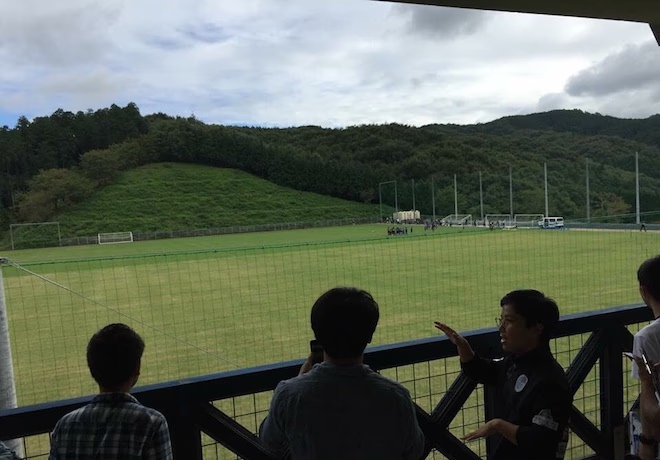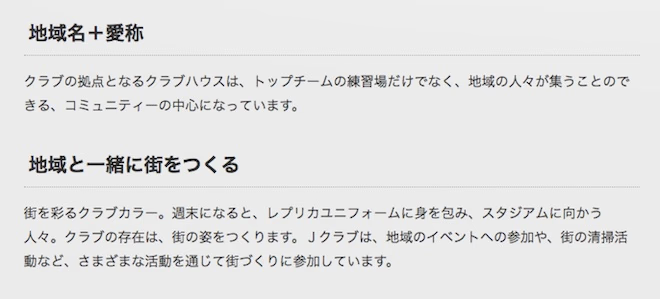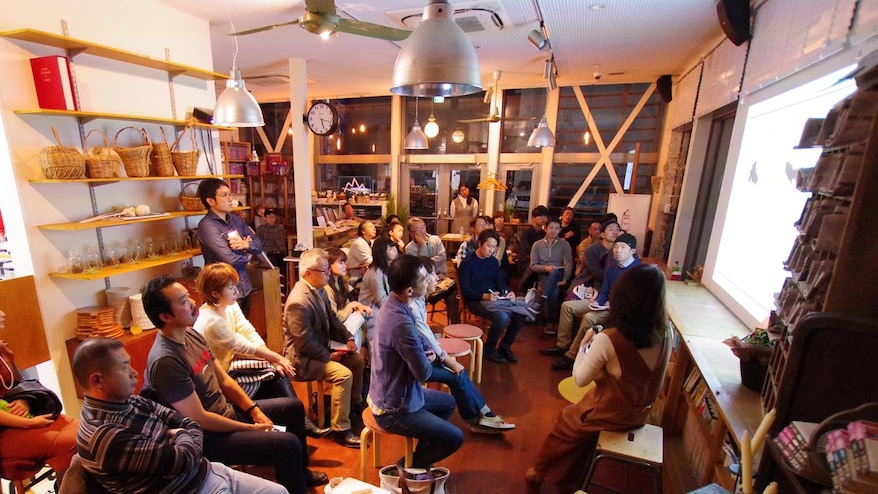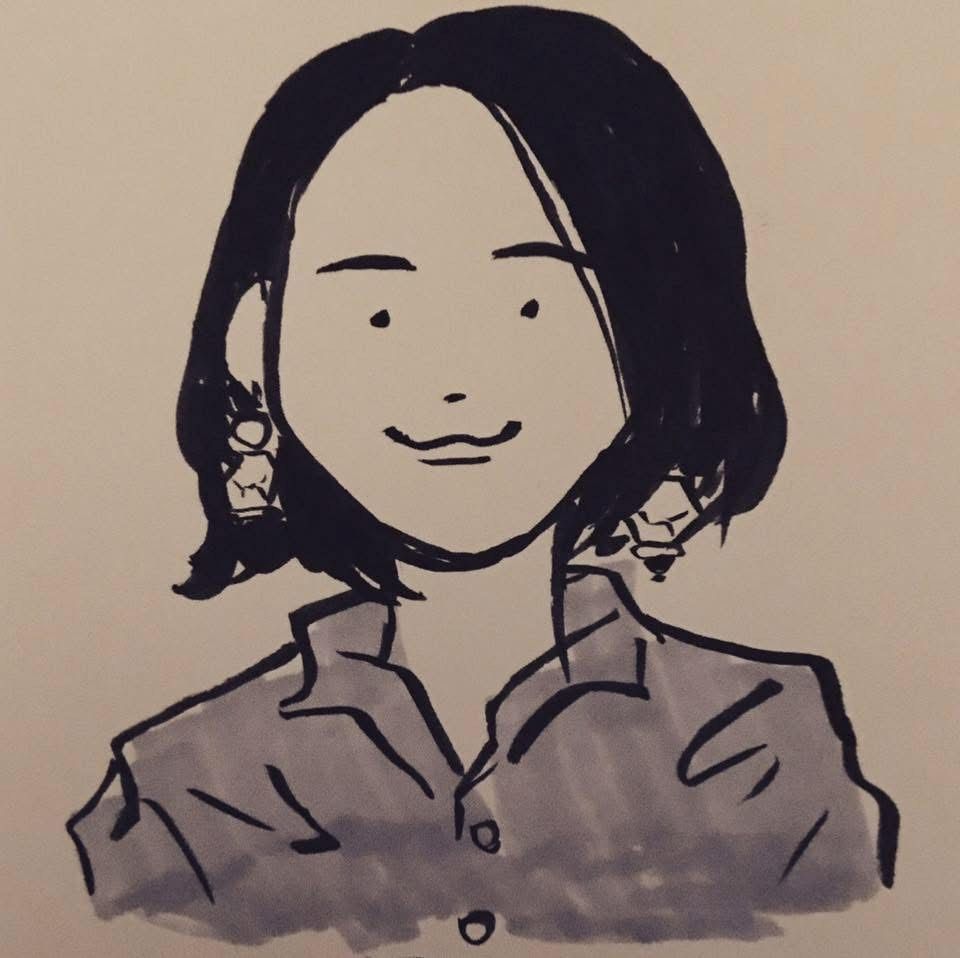こんにちは。プロデュース部 杉江です。
前回お伝えしたとおり、ものさすでの仕事とは別に、個人でいくつか関わらせてもらっていることがあります。そのうちの1つが 茨城移住計画 の活動のお手伝い。前編では、関わるに至ったきっかけについて書いてみました。
自分の出身地について考える機会があったこと、水戸を訪れる機会があったこと、そこで感じた疎外感から何気なく起こしたアクションが茨城移住計画との接点となり、お手伝いとして関わるきっかけが生まれました。
後編では、具体的にどんなことをやっているのか、仕事をしながらの関わり方について、紹介したいと思います。
関わっていること、その1「Stand」
茨城移住計画では、隔週木曜に「Stand」というイベントを実施しています。茨城県内の様々なフィールドで活躍しているローカルプレイヤーに登壇してもらい、面白いことをしている人・場があることを知ってもらうための場です。私は、主に受付や、イベント進行にあたってのサポート周りを担当しています。
過去に実施されたイベントの一部を紹介します。以下は東京で実施したもので、時に茨城県内で開催されることもあります。
これまでの登壇者(一部)

第1回目のstand の様子。初回というのもあって運営側も手探りでした
Stand に関わるようになって、感じたことは3つあります。
1. ローカルプレイヤー、多い!
ここに記載したのは一部ですが、色んな試みをされている方がこんなにもいるのかと、その多さに驚きます。イベントタイトルを見ても分かると思うのですが、チャレンジの可能性は、土地に依存しないのだなぁと思います。成し遂げたいことを実現するためのフィールドとして、都市ではない地域をあえて選択するからこその面白さ。加えて、地域資源を活用できるというメリット。特に「多拠点ワークと音フェス_野口純一さん」で知った「結いプロジェクト」は、個人的に参加したい魅力的なプロジェクトがたくさんあって、うずうずします。
2. きっかけは「興味あることについて話す人がいた」で、いい
stand に来てくださる方が、移住というワードにとらわれ過ぎていないので、すごくフラットな場だと思います。例えば「コーヒーでUターン起業_和田昂憲さん」の時は「コーヒーが好き」「コーヒー屋さん / カフェ を始めたい」と行った動機で来られている方もいました。まずは好きなことだったり、興味関心の琴線に触れるかというのが、ファーストステップとして大事じゃないかと思ったりします。
3. 出会い(という名の再会)もあるんだなぁ
私的な話になるのですが、水戸で出会った人たちとの繋がりが、またつむぎ直されるようなことがありました。
中学の時の後輩と10数年ぶりの再会を果たしたり。とある女性=中学の担任の先生の娘さんで、彼女伝いに先生の近況を知ったり(教頭先生になっているとのこと)。
中学卒業後、連絡先や近況を知らぬままの人が多数な中、こういう再会があるとは想定外だったので、このご縁に、改めて面白さを感じています。
関わっていること、その2「if design project」
もう一つ関わっているのが「if design project」。2018年9月から約3ヶ月かけて、「もし自分たちだったら茨城と東京で、何をやるか、何ができるかを企画・デザインしよう」というプロジェクトです。茨城にまつわる『食』『山』『スポーツ』の3テーマに分かれて、さまざまな切り口からの「if」を考えます。
私は「スポーツ×地域」の担当で、水戸ホーリーホックさんから依頼された、2大テーマに取り組む総勢10名のチームをサポートしています。
水戸ホーリーホックさんからのテーマ
- 地域貢献活動の在り方(ビジネスモデルや活動自体)をデザインし、新たなファンづくりの仕組み
- 廃校を利用したクラブハウス「アツマーレ」のさらなる活用案や周辺の公共施設等を巻き込んだスポーツを軸とした地方創生プラン。
この2つのテーマに対して、第1回目のフィールドワークで調査、第2回・3回の講義+ワークショップで議論を重ねて、第4回で最終プレゼンで提案をする、というプログラムとなっています。
この記事を書いてるのは、ちょうど第2回までが終わったタイミングです。
第1回目のフィールドワークでは、水戸ホーリーホックさんが活動拠点としている「アツマーレ」の所在地である城里町の、健康増進施設「ホロルの湯」総合野外活動センター「ふれあいの里」を訪問しました。

アツマーレの施設内を見学中の一コマ。Jリーグでもトップクラスと言われるグラウンドを眺めながら
課題解決に必要な情報を、実際に足を運び、インプットする過程に同行させてもらうのは、とても貴重な経験でした。特に、スポーツチーム運営については、初めて知ることも多く、Jリーグが地域貢献活動を推進しているということは、新しい学びでした。
Jリーグのサイトにもホームタウン活動として、情報が載せられています。

https://www.jleague.jp/aboutj/hometown/
こういった観点から、スポーツを見つめる機会、そうないと思います。ちなみに水戸ホーリーホックさんは、全Jリーグチーム 54の中でも3番に入る地域貢献活動数の実績を持つとのことでした。
第2回目は、講義+ワークショップ。フィールドワークを経て、アイデアブレスト&企画の骨子づくりをしました。

ディスカッションの様子。大量の付箋が、アイデアの総量を物語ってます。生みの苦しさはあれど、なんだか楽しそう
テーマが壮大なこと、また各々に想いをもって、このテーマを選んだメンバーが集まっているだけあって、方向性を決めるにも一苦労。白熱する議論をそばで見ていましたが、本当に頭から煙が出そうなぐらいでした。チームのみんなの想いが結実したものになるよう、最終プレゼンまで、しっかりサポートしていきたいと思います。
ライフワークとライスワークという選択
水戸芸術館に行った時に感じた疎外感が導いてくれた衝動からスタートした茨城移住計画との関わり。お手伝いだけでなく、次第に企画や運営全般にがっつり入りたいなと思うようになり始めたタイミングに、今の上司である 真鍋 と知り合い、ものさすのことを知ります。
真鍋が率いる Food hub project のこと。ものさすにジョインすることで関われる仕事のこと。関わってみたいことが更に増え、また正社員という働き方しか知らなかった私にとって「業務委託」「フリー」という働き方の選択肢も提示してもらったことで、更に悩むようになりました。いずれかに絞るべきなのか、どちらもいいバランスでやれるように関わるのか。はたまたどちらかに比重を置くのか…
結果的には、「取捨選択するのではなく、出来る限り全部やる」に着地。
・平日:ものさす勤務(=ライスワーク:生活の基盤としての仕事)
・休日&平日夜:茨城移住計画(=ライフワーク:自分が取り組みたい活動)
上記のような関わり方・時間の使い方に落ち着いて、今に至ります。全てを100%とは行かなかったですが、ものさすの方がメインになるため、茨城移住計画の方は「+α」 という形です。
どうして+α にしたのか。それは真鍋の「マイ・プロジェクトを、もとう。」という記事を読んだ際に、以下の気持ちを抱いたからです。
- 『個人的な想いをプロジェクトとして仕事にのせていくような在り方を「マイ・プロジェクト」とする』という文章を読んだ時に、棲み分けをはっきりした方がいいなと思った。
-
与えられた「才能」をプロジェクトを通じて見つけ、それを社会に対して無償で返していくことがマイ・プロジェクトの本質ではないか』という文章に、ハッとした。
前編で書いた「自分が素敵だなと思う、こと / ものが、然るべき範囲に正しく認知されるまでのプロセスに寄り添いたい」という想いが、上記の 1 に該当します。素敵だなと思う、こと / もの =茨城の魅力 ですが、それに対して営利性を介さず、純粋な気持ちでコミットしたいというのがありました。ビジネスとして捉えてしまうと、バランスがうまくいかない気がしたからです。
また、フルコミットじゃないからこそ「参加者と同じ目線で、運営するイベントを見れる」&「参加者目線で、サポートができる」という別側面の強みを持てていると思います。加えて、最近の自分自身の変化として「誰かが一歩を踏み出すその分岐のタイミングに寄り添ったり、背中を押してあげられたり、といった場面に喜びを見出すことが増えてきた」という感覚もあります。これらは茨城移住計画の活動を通して発見できたものゆえ、さらに昇華して、社会へ還元するところへ繋げていきたいというのが、2 と重なりました。
前後編に渡り、長々と書いてみましたが、「+α」の部分は、ダイバーシティ、働き方改革、複業… いろんなキーワードと重なります。そして近年のホットトピックゆえ、いろんな情報が飛び交っていて正直、困惑することもあります。
ただ大事なのは「自分の心がプラスの気持ちで充足されるために、何をするのがいいか」という捉え方かなと思います。必ずしも仕事である必要はないですし、あえて+α にする選択肢もあって良いはずです。
最大限に欲張ってみるところからスタートして、時間が足りてないと思うこともありますが、まだまだ試行錯誤する余地はあるので、より充実した仕事+α で生きていけるように、頑張っていきたいと思います。

